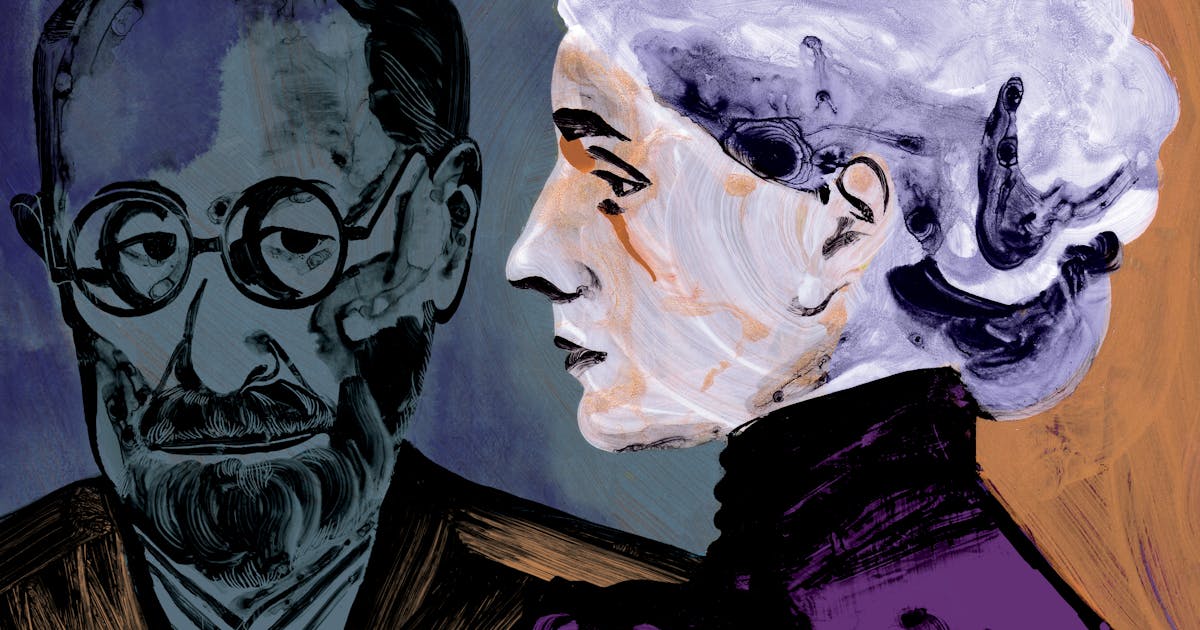Hysteria, much like psychoanalysis, has a storied past, one with a powerful crescendo followed by a caesura. Though the term “hysteric” is now assumed in common speech to be either a pejorative epithet, synonymous with performative hyper-emotionality (he was hysterical), or a historical diagnosis made up by misogynistic doctors (like, some argue, Breuer and Freud), the condition was once quite common. For the uninitiated, hysteria is an illness where the body speaks, where neurotic symptoms appear in and on it. It was treated by an array of cures, from gynecological massage (prescribed orgasm), hypnotism, rest, and drugging, to change of scenery, and, yes, for a very few patients, starting in the late nineteenth century, Breuer and Freud’s cathartic method. This eventually became psychoanalysis. This was, it must be said, a treatment that seems preferable to the other options.
Bertha Pappenheim was in many ways a typical hysterical patient, and an extraordinary woman. When she went to see Breuer in 1880, she presented with the typical hysterical complaints: partial paralysis, disturbances of appetite and language, pain. She couldn’t recall her native German and only spoke in English. She wouldn’t drink water. She had fallen ill while nursing her father, and her condition deteriorated upon his death. She was treated both in her home and in an asylum, often with high doses of drugs. What marks her case as special is that Pappenheim was the first person on Earth to be treated by the cathartic method, in large part because she invented it. Anytime you hear someone say “talking cure,” they’re using the very term Pappenheim ascribed to the yearslong experiment she undertook, morning and night, with her doctor. As she chattered on, as she engaged in the “chimney sweeping” of her mind—so the story goes—she felt better.
Freud and Breuer went on to co-write the groundbreaking Studies on Hysteria, published in 1895. The two doctors, one senior and one junior, open the book with a co-written introduction and end it with a pair of stand-alone essays (Freud’s undermining Breuer’s) in which the nascent theories of repression, defense, catharsis, and abreaction first appear. Each supplied case material of hysteric women treated by this nascent cathartic method. Freud wrote up four cases, and Breuer only contributed the case of Pappenheim, now disguised and named “Anna O.” The two detailed the symptoms of their patients and how each was aided, if not outright cured, by this new talking protocol.


